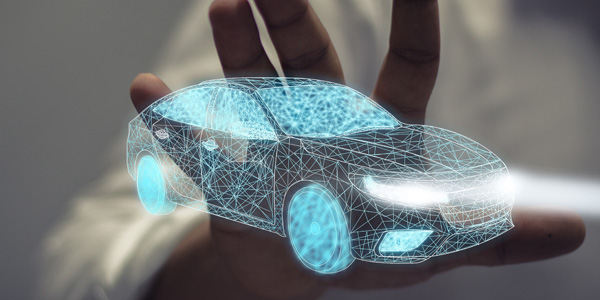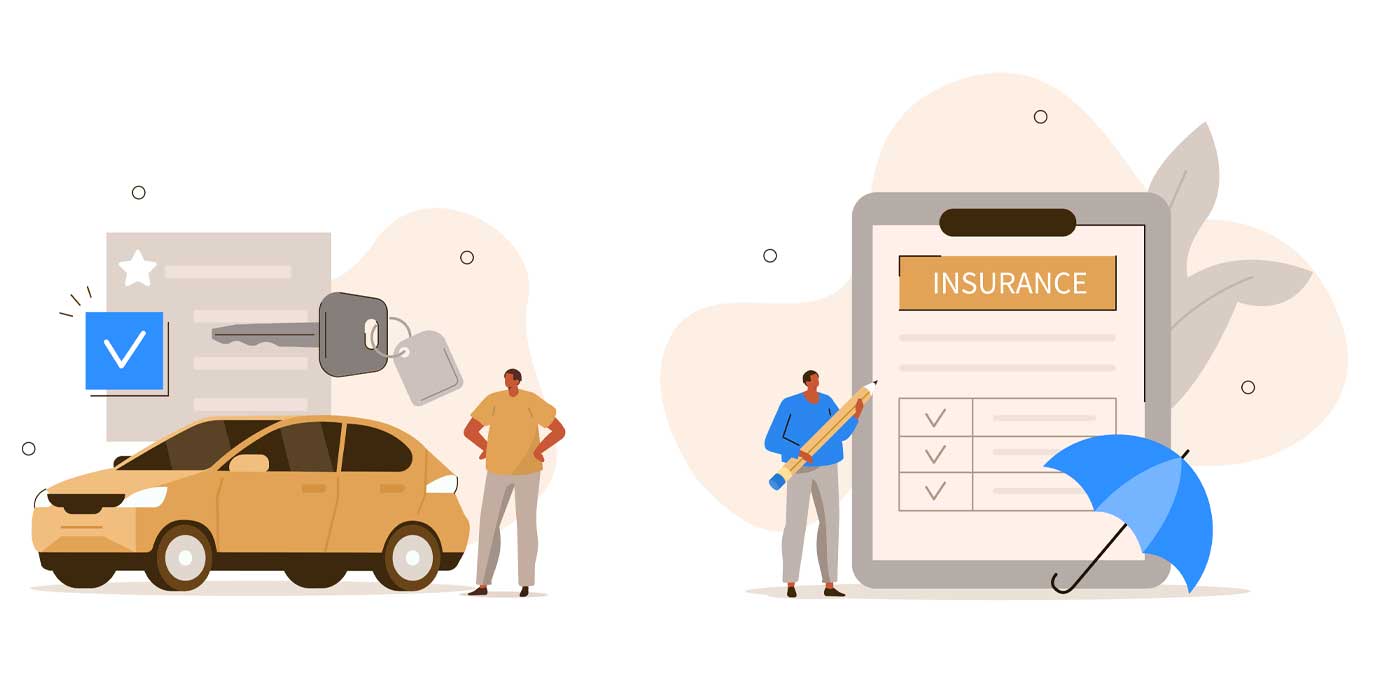There was a time not that long ago, when you had to ask if a bank had an ATM or if you could bank online. Today the ability to do those two things is standard and most customers would be shocked if a bank did not offer them. The reason for this change is pretty simple: survival.
Let’s face it, customers can be fickle and since the cost of switching banks, car dealers, etc. is so low that to retain customers businesses need to evolve. A big part of the current evolution involves leveraging technology in all parts of the business from fixed operations, to marketing, to the service bay and beyond. Technology can help managers make decisions quicker and more effectively, which should lead to higher profitability and higher CSI. The key is knowing where you have to spend just to stay in the game and where you should spend to win the game.
“Nice to Have” vs. “Have to Have” Technology
When deciding on investing in technology you should ask yourself if this is a “nice to have” technology or a “have to have” technology. Also, keep in mind how you categorize technology changes over time. In the mid-1990s when the internet started to emerge, a website was a “nice to have.” Today, if a dealership does not have a website they may as well close their doors. People look online first, browse inventory, make service appointments, etc. all through your website. Today, a website is clearly a “have to have” technology.
Investing in have-to-have technologies is often an easy choice. Besides the website mentioned earlier, have-to-have technologies include a dealer management system (DMS), a multi-lined switched phone system, an integrated merchant account system for charging customers, etc. These technology needs are obvious. They are items you budget for each year and you make sure are kept current and competitive as the technology changes. Periodic upgrades are made when you realize your dealership is falling behind your competition.
The trickier decisions arise when looking at nice-to-have technologies. These technologies are what can differentiate you from your competitors and deliver superior performance in terms of generating additional revenue, driving down costs or delivering higher customer satisfaction.
Competitive Technology — Getting the Highest Return
Businesses often invest in technology that they really do not fully understand, and given the rapid change in technology, this is understandable. Car dealerships sell and service vehicles and are in the business of satisfying the consumer. They should not have to be experts in technology as well. However, the dealership has to decide where to invest. In the end, they hold the purse strings, but they usually rely on the vendor to sell them what’s “best” and often fly a bit on blind faith. Unfortunately, this trust is often misplaced given a recent study estimated that approximately 70% of money spent on technology fell “short of expectations and returns on investment (ROI)”1 Given the tighter margins in the car business than in past years, making spending mistakes like these can negatively impact long-term dealership profitability.
To help avoid these spending mistakes it’s a good idea to look around the dealership to see if there are any easy wins in terms of technology spending. This low hanging fruit often provides the highest return.
For example, in our industry we provide technology that streamlines a customer-facing interaction when a loaner is required. In many dealerships we visit, the loaner car process still involves a time-intensive process that utilizes paper forms. This leads to longer than usual customer waits times during service appointments, which can negatively impact a dealer’s CSI. It also means critical data that is required to eliminate potential liability for the dealership may be skipped or incorrect.
There are other dealership processes that are still largely paper based as well. Eliminating this paper streamlines customer interactions and, just as importantly, creates data for tracking and measuring employee and asset performance as well as allows for more effective interaction with your customer.
Technology that eliminates paper is almost always a good investment and an example of low hanging fruit that presents low risk and high return. Of course, not everyone may agree with this. I once put this question to one of my dealers and pressed him for a benefit of using a paper form. He thought for a minute and then said straight faced, “Well, I get to use a pen.” It’s tough to argue with that, however, I’ll always pick technology over a paper-based process and so should you. After all, you can always still use your pen on thank you cards for all your satisfied customers.
Click here to view more solutions from Laura Tierney and ARSLoaner.














